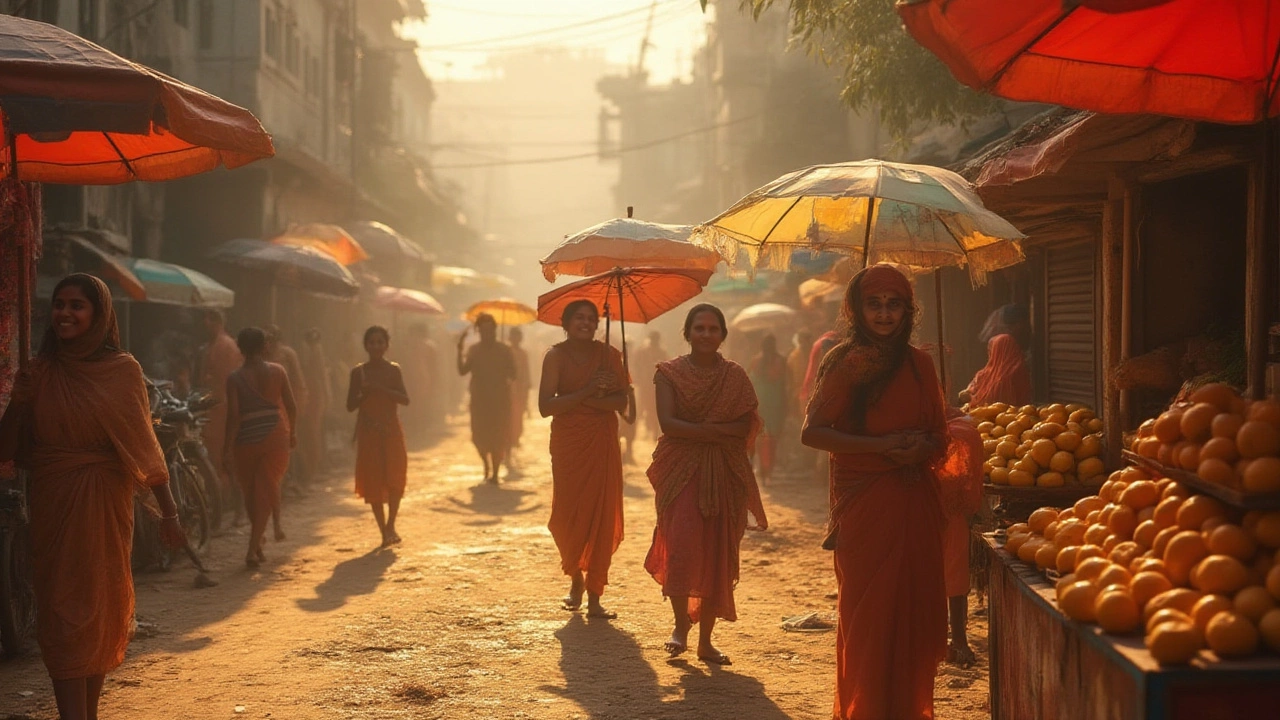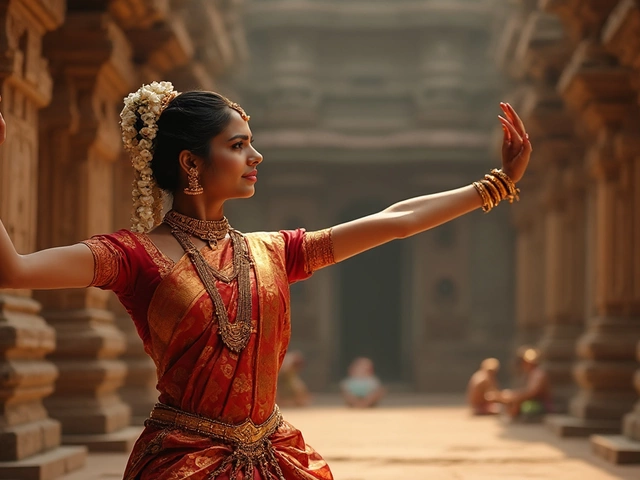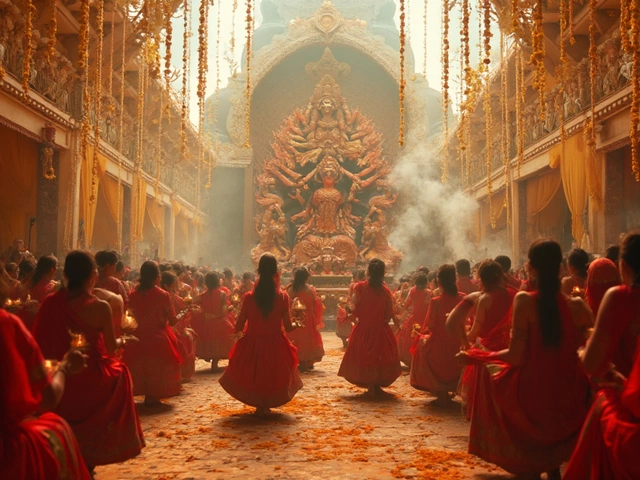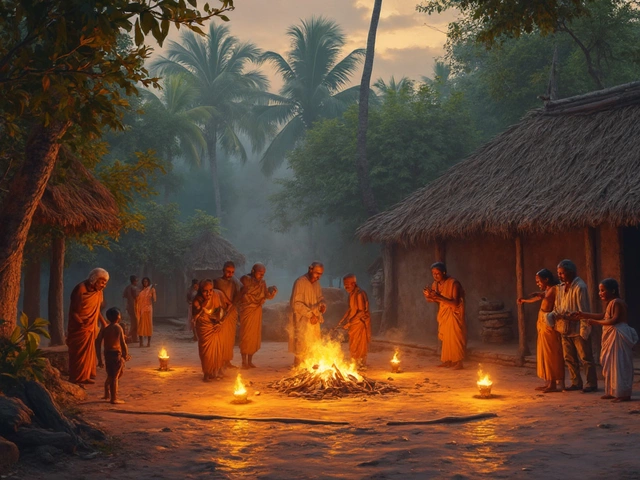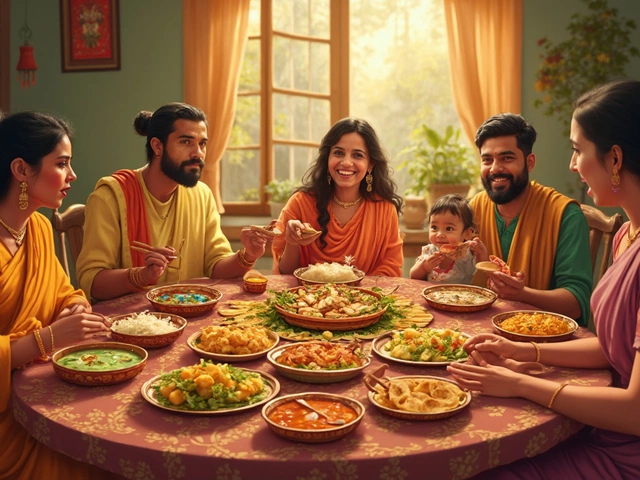Blazing heat hits you before you even step outside. Step onto Gujarat’s cracked earth in peak summer, and it’s almost like opening an oven door. The sun here doesn’t just shine—it rules. For anyone living, working, or traveling through this vibrant western Indian state, understanding when the mercury climbs highest isn’t just trivia—it’s survival. So, which month cranks up the heat to record-breaking levels in Gujarat? Let’s break down the reality, one sweat-filled fact at a time.
When the Thermometer Explodes: Hottest Month by the Numbers
Ask anyone sweating it out in Gujarat and they’ll tell you: May is the undisputed king of heat. Every year, May sits at the fiery center of Gujarat’s climate calendar. Official data from the Indian Meteorological Department (IMD) backs this up. Average maximum temperatures across the state soar to a punishing 41°C (106°F) in May, with night-time lows barely offering relief, hovering around 28°C (82°F). It’s not rare for the thermometer to hit 45°C (113°F) in parts of Saurashtra, Kutch, and the arid northern reaches near Banaskantha.
Check out how the heat in May stacks up against other months:
| Month | Avg Max Temperature (°C) | Avg Min Temperature (°C) |
|---|---|---|
| March | 34 | 20 |
| April | 38 | 24 |
| May | 41 | 28 |
| June | 37 | 27 |
| July | 33 | 26 |
Notice how May punches above its weight even compared to June, when the monsoon rain starts to provide a bit of mercy. Cities like Ahmedabad, Vadodara, and Rajkot regularly register sweltering afternoons that empty out the streets and turn cars into rolling saunas. People have a word for it: “loo,” the strong hot winds that blow in May, making even shade feel desperate.
This isn’t a new trend, either. Weather records from the past 50 years consistently crown May the hottest. The hottest day ever recorded in Gujarat was in Ahmedabad on 18 May 2016, when the mercury touched a staggering 48°C (118°F). People remember that week as almost hellish—ambulances ran overtime for heatstroke patients, power grids trembled under AC stress, and tap water ran lukewarm all day.
Why is May so Unbearably Hot?
It’s easy to blame it all on the sun, but Gujarat’s geography is the real culprit. Sitting just above the Tropic of Cancer, the state’s wide, flat plains suck up heat for weeks at a stretch. There are no tall hills to break up the hot wind or trap cool clouds. Most of the forests are patchy, making shade rare, especially in the Kutch desert area and the scrubby lands around Bhuj and Mehsana.
The real kicker though, is the timing. May arrives after months of steady warming—winter is forgotten, spring is a brief flicker, and then everything ramps up. The ground is bone dry by then, and any little bit of moisture evaporates right away. The monsoon, which could give relief, usually doesn’t arrive until the second half of June. That leaves May exposed, parched, and totally at the mercy of high-pressure systems hovering over western India.
Another fun fact: Gujarat’s coastline means it gets sea breezes, but don’t picture a pleasant seaside afternoon. Hot winds from the Arabian Sea often carry humidity that makes 41°C feel like you’re wading through hot soup. Inland, it’s drier but windier, which means sunstroke risk climbs even higher.
Experts at the IMD say Rajasthan’s desert to the north funnels in superheated air, especially during the “loo” season. Local farmers even have old rhymes warning about the “May-ki-hawa,” a hot, restless wind that can ruin crops and send people scrambling for water. It’s not just folklore—the heat stress during this time is very real and very dangerous.
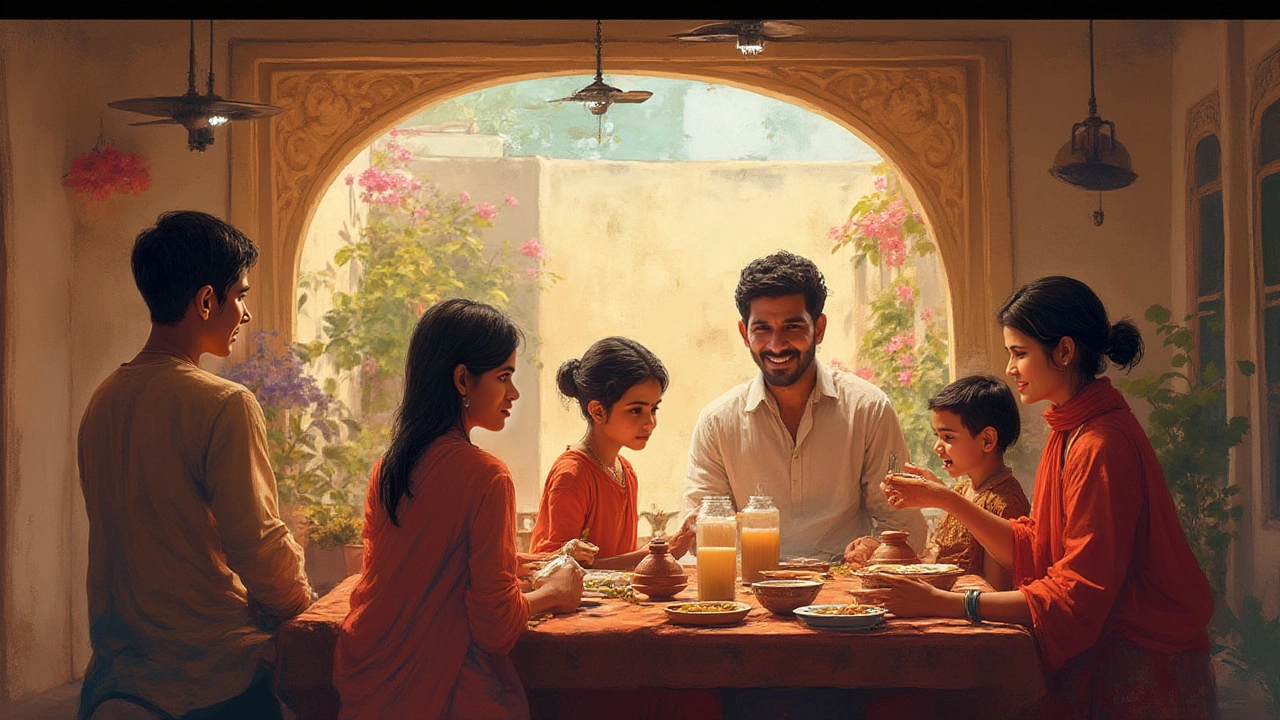
Living Through Peak Summer in Gujarat: It’s Not Just About Surviving
Ask anyone who’s lived here a good portion of their life—beating the May heat is almost an art form. Streets empty from noon to four as people shift routines. Schools often close early or switch to “summer timings,” starting before sunrise and shutting down when things sizzle. Offices drop dress codes; you’ll see men in loose shirts, women in light cotton sarees, and flip-flops everywhere. The privileged crank up their AC, while most rely on ceiling fans, coolers, and chilled lemon water.
How do neighborhoods cope (and even thrive) when things get this hot? Here’s a look at some classic tips and practices locals swear by:
- Stay hydrated: Sounds basic but it’s crucial. Locals drink chaas (spiced buttermilk), neembu pani (lemonade), and coconut water throughout the day. Many homes chill big clay pots of water because it naturally stays cooler.
- Keep it light: From food choices to clothing, Gujaratis know heavy meals and fabrics only trap heat. You’ll see people munching on kachumber salads, cucumbers, watermelons, and curd rice.
- Traditional architecture: The classic Gujarati home, with high ceilings, whitewashed walls, and inner courtyards, is designed to funnel air and reflect heat. Old havelis in cities like Ahmedabad and Surat are cooler even in May.
- Cool-down rituals: Splashing your face and feet with cold water, mid-day naps under the fan (bonus if the family pumps up the water cooler with rose essence), and bedsheets soaked in water before sleep—if it works, it works.
- Work rhythms: Outdoor laborers, farmers, and shopkeepers start at dawn and vanish indoors after 11am, only to reappear after sunset. The concept of “siesta time” isn’t laziness; it’s pure wisdom.
You’ll also notice that the railway stations and city parks are packed at night. Couples, families, and entire friend groups come out to catch some breeze, eat gola (shaved ice pops), or linger on shaded benches. In cities near rivers, like Sabarmati in Ahmedabad, people gather by the riverfront after dark for community and reprieve.
That’s not to say everyone escapes unscathed. Each year, local news runs stories about heatstroke, power outages, and crop damage. The government ramps up public announcements, urging people to avoid outdoor activities during peak hours and to check on elderly family members.
Heat and Culture: How Tradition Bends with the Sun
The hot season is woven right into Gujarat’s calendar and culture. Sure, there aren’t many large festivals scheduled in May—nobody wants to hold a parade under a 42°C sky. But the weeks before the monsoon are still lively with smaller rituals, folk traditions, and culinary preparations.
For instance, households get busy making achaar and papad—pickles and sun-dried papads—which need that intense dry heat to cure properly. It’s common to see rooftops strewn with matkas (pots), trays of mango slices, and long rows of snacks laid out to dry. The famous ‘Kairi no Ras’ (mango pulp) is at its best now, so fresh mangoes get pureed, strained, and churned into sweet, sticky gold.
The state’s famous summer food culture blooms during peak heat. You’ll find streetside vendors offering khaman, dhokla, and ice-cold sugarcane juice from before sunrise until late night. Moms and grandmas bring out their best yogurt and cucumber raita recipes—there’s an unspoken competition to see whose kitchen stays coolest.
Even urban life shifts. Many weddings avoid May and early June, pushing for dates after the monsoon breaks. Schools and colleges close for their “summer vacation,” and families beat the heat by heading to hill stations like Saputara or escaping to the cool, air-conditioned malls in cities.
Interestingly, some rural villages host traditional “night markets” where shopping, food, and music all happen after sunset. The afternoon is for rest, and the neighborhood only comes alive once the worst is over.
All this to say—life doesn’t pause, it just stretches and adapts. The same sun that scorches the ground is also what ripens Gujarat’s sweet Alphonso mangoes and powers solar plants across the region. There’s always a silver lining, even if it’s a sweaty one.
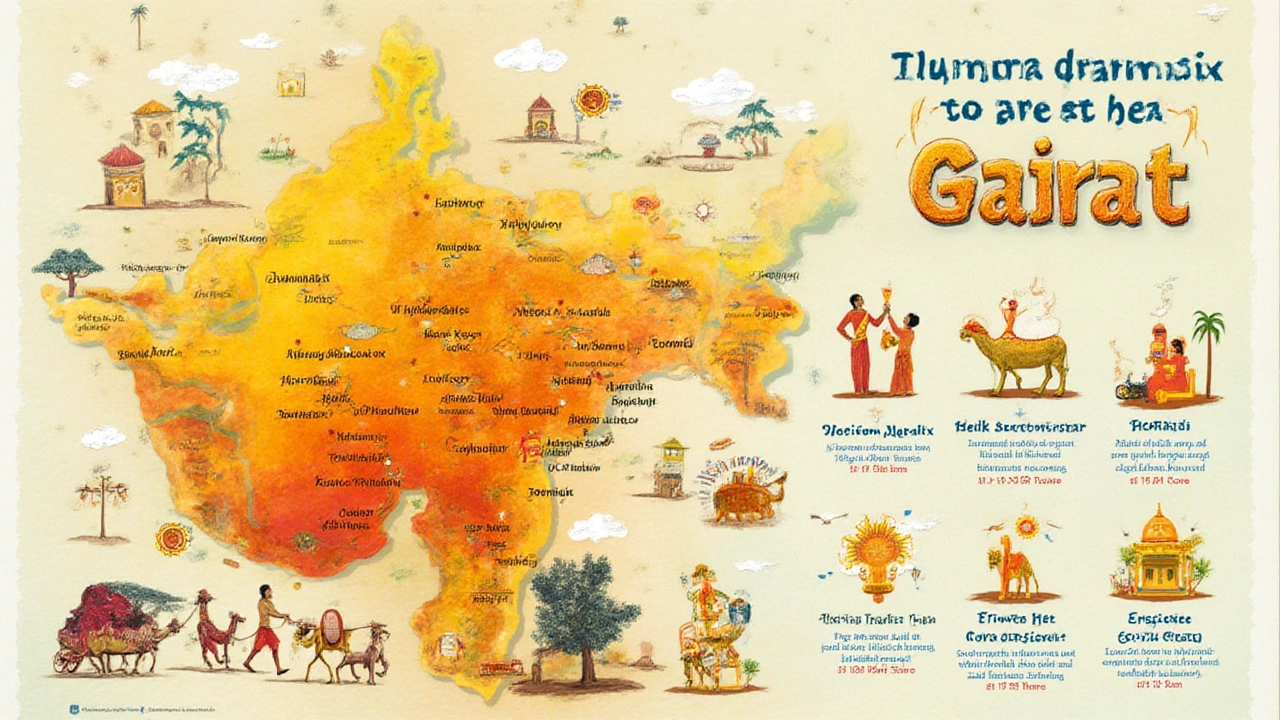
Tips to Beat Heat: Smart Moves for Travelers and Locals
If you’re planning a trip or moving to Gujarat, bracing for ‘May madness’ is a non-negotiable. Whether you’re a local or just stopping by, tricking the heat—or at least playing defense—comes down to two things: smart planning and a bit of street sense.
- Stay inside during the peak: Time your outings for early morning or after 6pm. Use shaded walkways and avoid asphalt roads that radiate more heat.
- Light clothes and SPF: Cotton, linen, and flowing fabrics are your best friends. Never forget sunscreen, a good hat, and sunglasses, especially in rural areas where shade can be scarce.
- Hydration tricks: Keep a refillable water bottle handy. Many locals add a pinch of salt and sugar to water for instant electrolytes—old school but effective.
- Cool accommodations: When booking hotels or Airbnbs, confirm if there’s AC or at least an air cooler. Traditional stone-built guesthouses and old havelis run surprisingly cool in May.
- Watch out for heatstroke: Signs like nausea, dry skin, confusion, and a lack of sweating mean you need help fast. Gujarat authorities advise calling for help or heading to the nearest hospital ASAP.
- Snack smart: Favor local fruits (mangoes, melons, lychees) and avoid energy-sapping spicy or fried dishes at midday.
For longer stays, try copying locals—their rhythm and rituals keep people safe and sane in a climate that pushes humans to adapt daily. By late June, as the first thunderstorm rolls in, it’s like collectively exhaling after holding your breath. Suddenly, the air feels different—fresh, if only for a while. And while May’s heat tests patience and power grids, it also reminds you just how much a single month can shape life, tradition, and survival in Gujarat.
